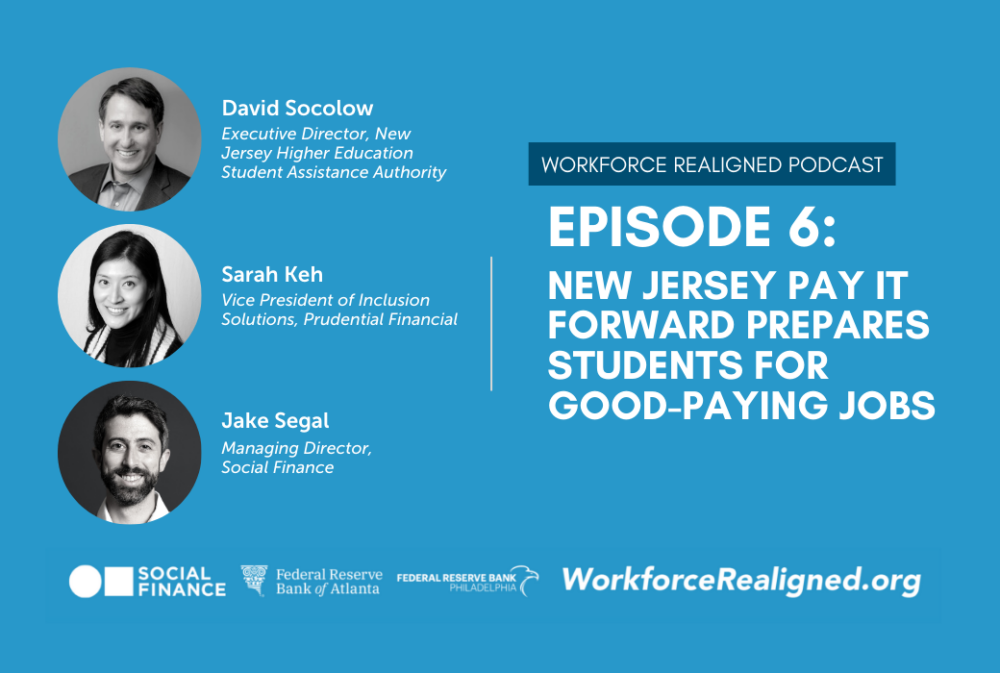

Workforce & Education Investments, Workforce & Economic Mobility
Today, as the influence of the pandemic fades and our health care system faces new challenges, is the nursing shortage still a problem?
In the following interactive, explore the challenges faced by today’s nursing workforce:
This 36,000-nurse annual gap is not only felt by nurses and employers—its negative effects extend to patients themselves. When understaffed hospitals saddle nurses with higher patient loads, patients experience higher hospital readmission rates, increased surgical site infections, and higher mortality rates.
Innovative Solutions to Bridge the Gap
Recognizing that our current system is not producing enough nurses to meet their needs, some employers are stepping up—partnering directly and indirectly with nursing programs to shore up their talent pipelines:
- The University of Maryland St. Joseph Medical Center and Community College of Baltimore County partnered to cover the cost of tuition and education fees, as well as a monthly stipend, for 30 students. These students have access to mentorship, tutoring, and guaranteed employment.
- Holyoke Medical Center offered $50,000 to 42 graduate nurses accepted into residency if they committed to staying for four years.
- University of Virginia Medical Center launched an “earn while you learn program” to address significant staffing vacancies. This program offers full time salary and benefits while students split their time between the classroom and clinical units. The program has served 175 students across pharmacy tech, CNA, and EMT certifications.
- At Social Finance, in partnership with Western Governors University, one of the largest online nursing program providers in the U.S., we’re launching a fund to help more students from low-income and underrepresented backgrounds earn BSNs. The fund will cover upfront training costs for WGU BSN-Prelicensure students in the final two years of their program, including the costs of in-person labs and clinical placements. Partner employers, in exchange for access a steady pipeline of new nurses, will make payments back into the fund as they hire and retain nurses. Students who opt to work elsewhere or cannot find employment with a partner employer will individually repay fund support as a zero-fee zero-interest loan only if they meet a minimum income threshold. All payments back into the fund will support more WGU BSN-Prelicensure students, further growing the nursing workforce.
Social Finance is excited to partner with health employers, funders, and training providers to develop student-friendly financing solutions that expand access to training, build the pipeline of new nurses, and open pathways to opportunity for those who have been traditionally locked out of good jobs and the economic mobility that comes with them.
To learn more about our work to finance health care career pathways, contact Justin Bakule→
Related Insight

Workforce Realigned Podcast, Episode 6: New Jersey Pay It Forward Prepares Students for Good-Paying Jobs
In this Workforce Realigned podcast episode, David Socolow, Executive Director of the New Jersey Higher Education Student Assistance Authority, Sarah Keh, Vice President of Inclusion Solutions at Prudential Financial, and Social Finance’s Jake Segal, discuss…

New Strategies for Employer-Led Workforce Development
We believe employers can and should engage more deeply in innovative solutions to today’s talent challenges. That’s why Social Finance is working to identify effective and underutilized opportunities for employers to finance, train, hire, and…